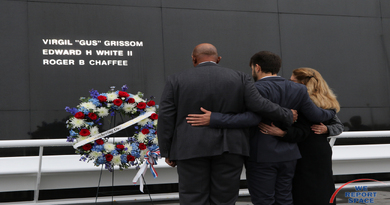What's in the OA-9 Cygnus?
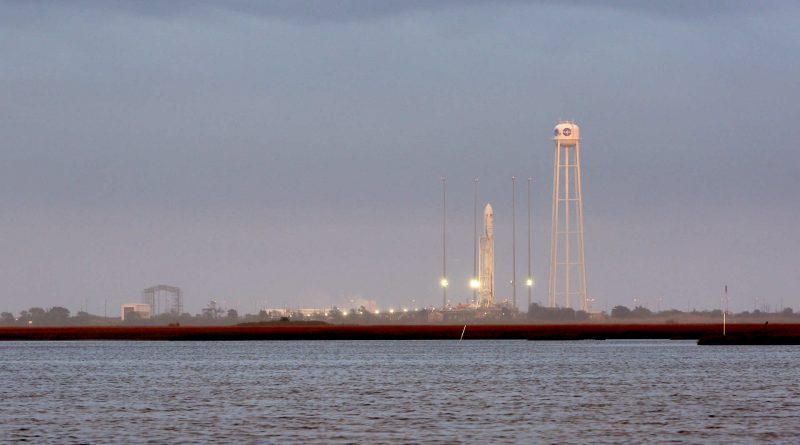
Science in Space
Over 50 Science and technology demonstrations, including 20 originated by students will be on board this mission. NASA is sending an experiment to identify unknown microbial organism on the space station, and understand how humans, plants and microbes adapt to living on the station. The Cold Atom Laboratory is sending an experiment more than 5 years in the making which will study molecular motion at extremely low temperatures. As a result of this study, JPL, is continuing it’s experimentation and study of Bose-Einstein condensation and they have already determined ways to miniaturize much of the equipment useful in these studies. The experiment is expected to last a year, and resolution will be as small as 6 microns per pixel, or better.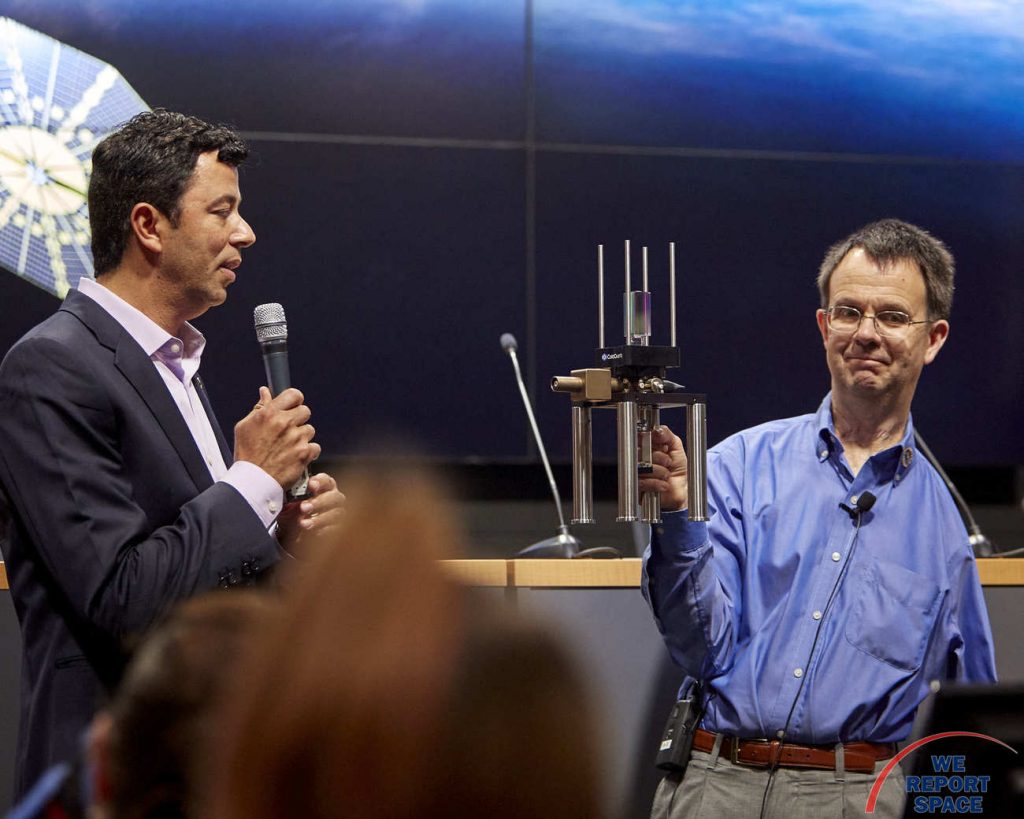

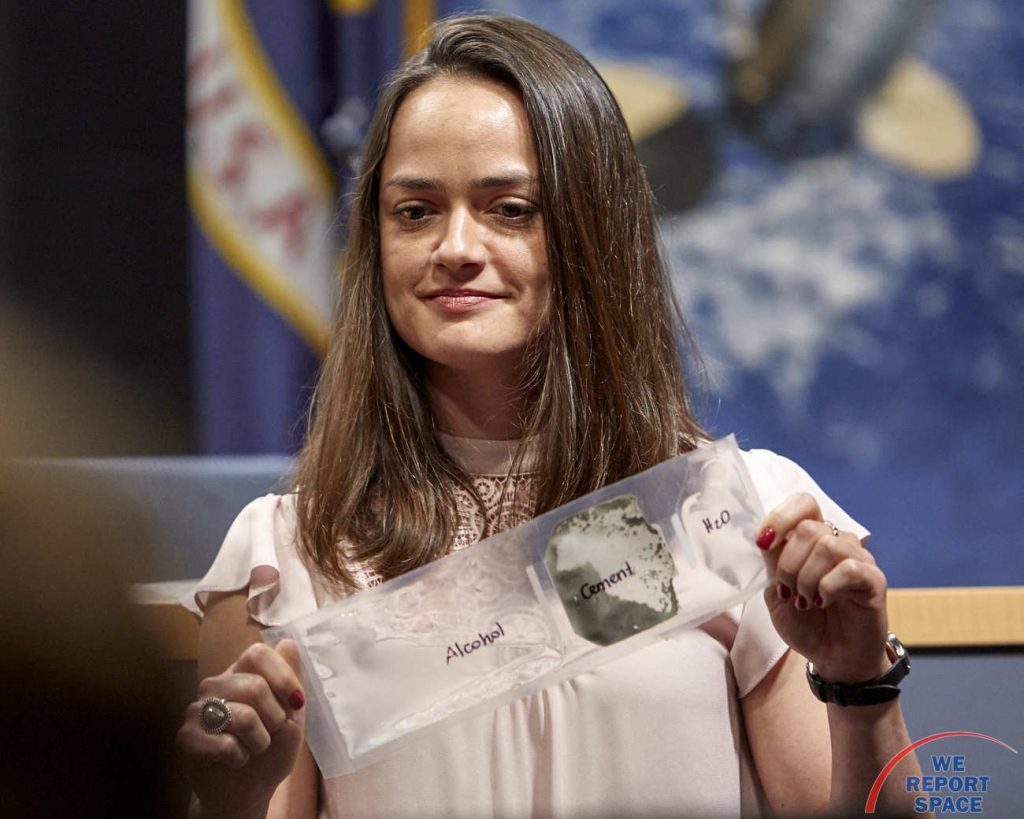
Cube Sat Roundup
Also on board Cygnus on an exterior launch system called NANO Rack will be multiple Cube SATS. In the CUBE SAT array are several to study Micro-wave emissions from earth. Naturally occurring microwave radiation is useful but there is an increasing amount of man made radiation that is distorting some experiments. Ohio State University is sending three cubes to study various parts of the electromagnetic spectrum and test a processor and technology to distinguish between natural and man made signals.
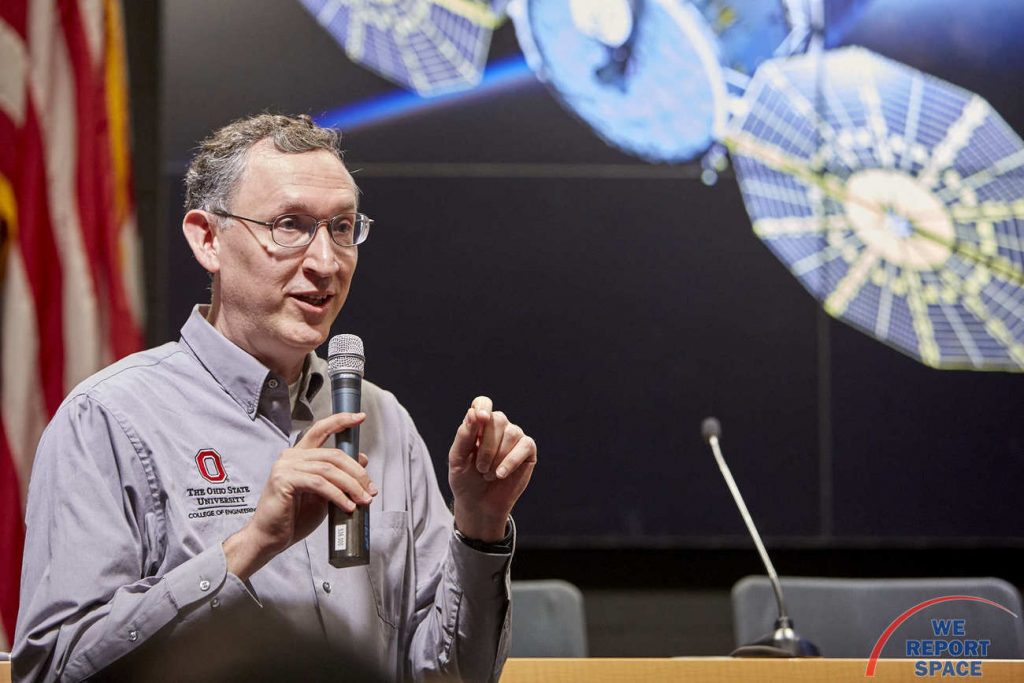
Another set of Cube Sats will be deployed to test observations by a series of multiple satellites while observing weather phenomena. Currently observations are handled by single, larger satellites. The third set of Cube Sats will be a demonstration of miniaturizing weather satellites, and the power demands, to search for clouds and precipitation. The new radar antenna will probably not be able to detect individual cloud particles but it will be able to resolve rain droplets. It is hoped this will demonstrate the usefulness of a host of smaller satellites rather than depending on a few, bigger, and more expensive units.
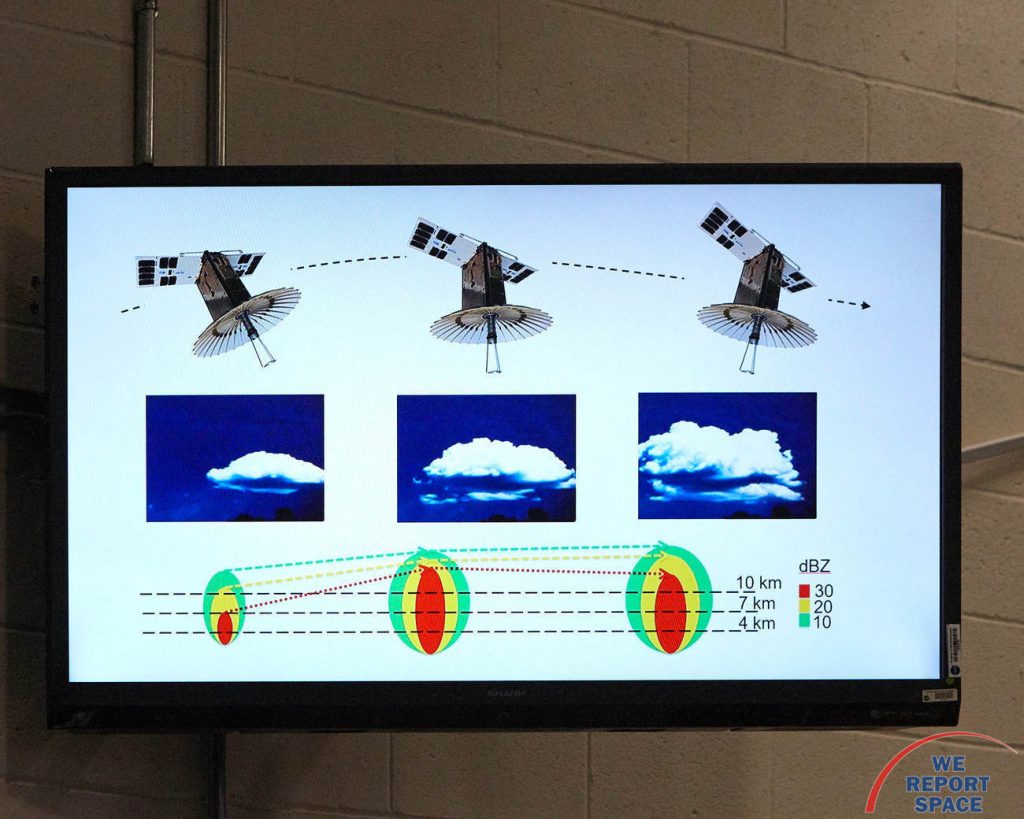
The Cube SATS will not be released until after all supplies are removed from the Cygnus module and the disposal cargo loaded aboard. When the module is released it will spend several days near the ISS. As part of the departure process the CUBE Sats will be deployed according to the plans of the individual research projects. Once the cubes are deployed and away the Cygnus module will then be sent to a destructive reentry over the Pacific ocean.

Stunning, full color photo book covering every east coast launch spanning 2014-2015, including the first-ever powered landing of a SpaceX Falcon 9 rocket.
More Info



